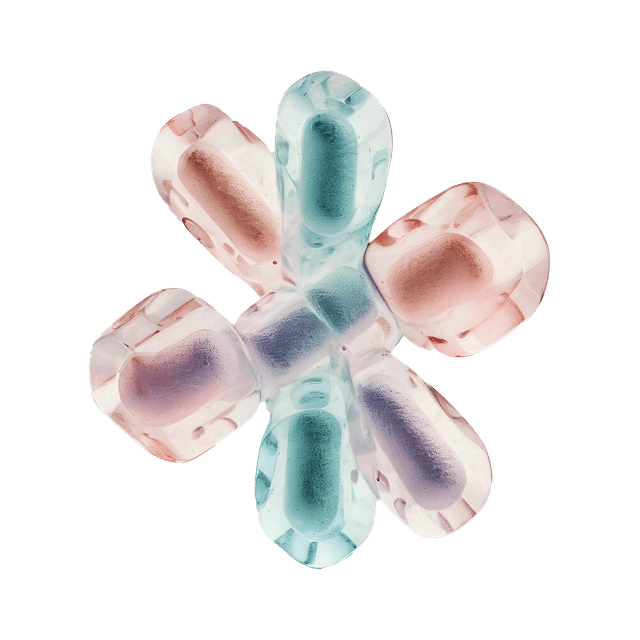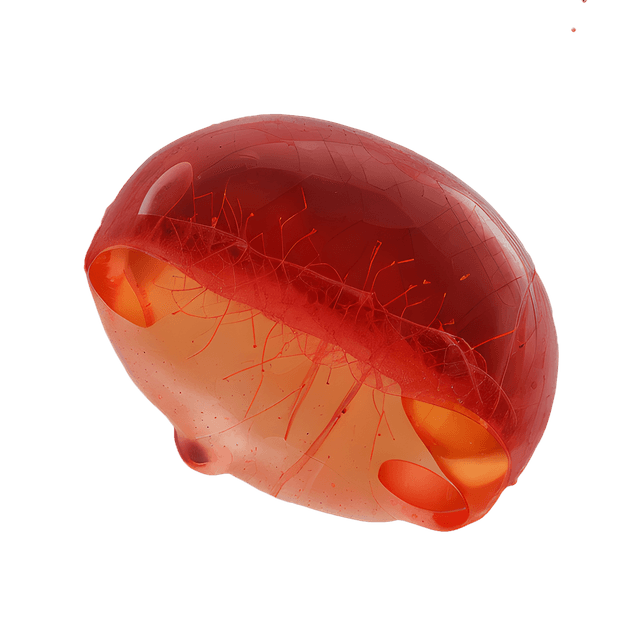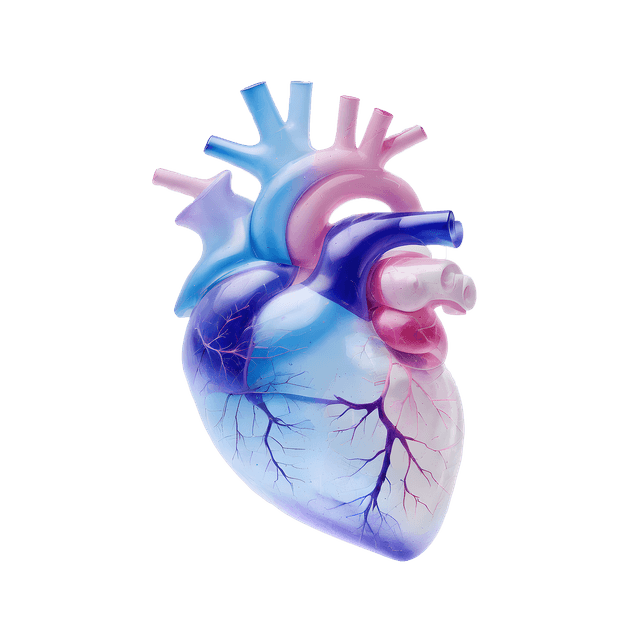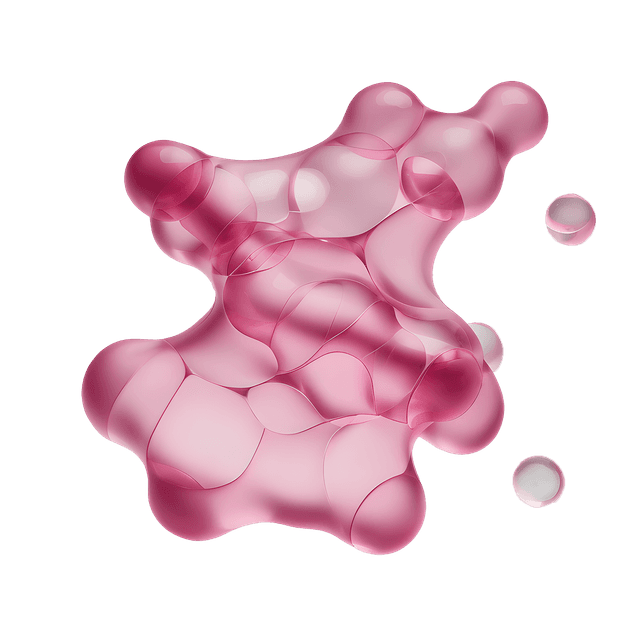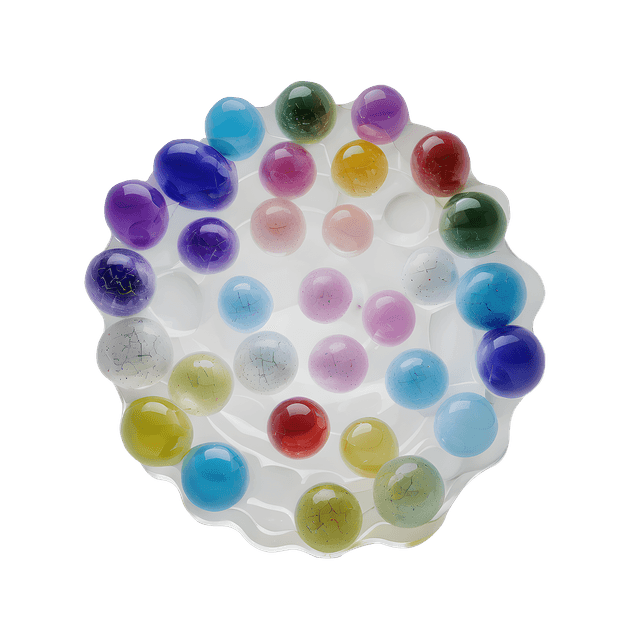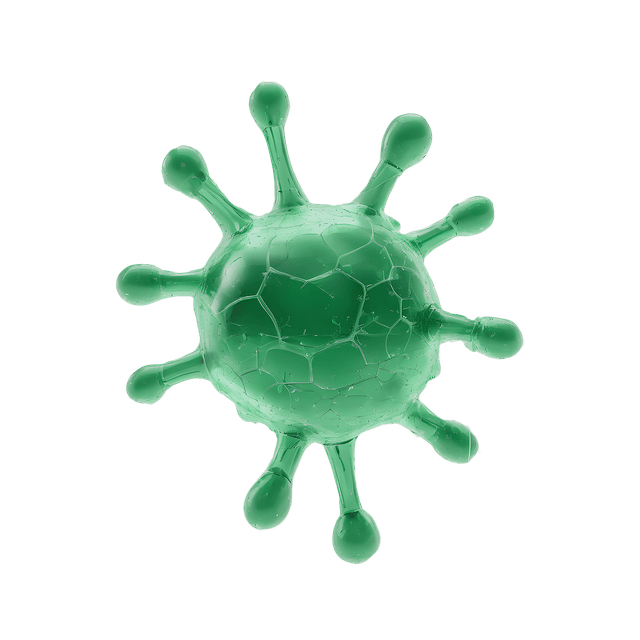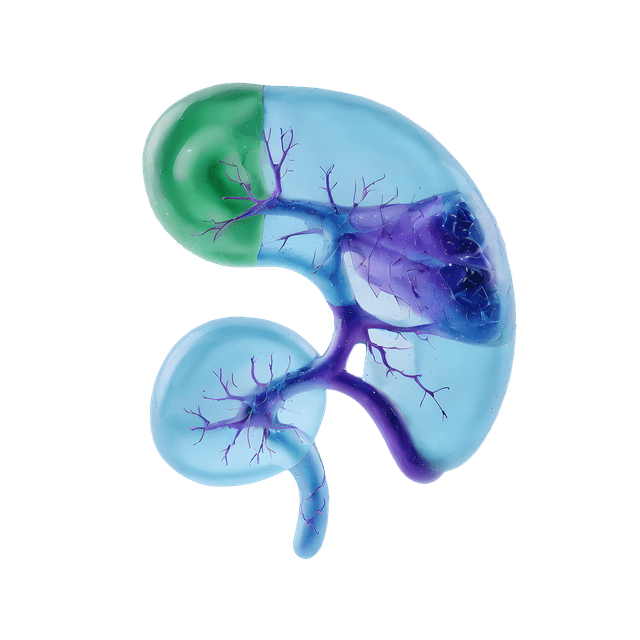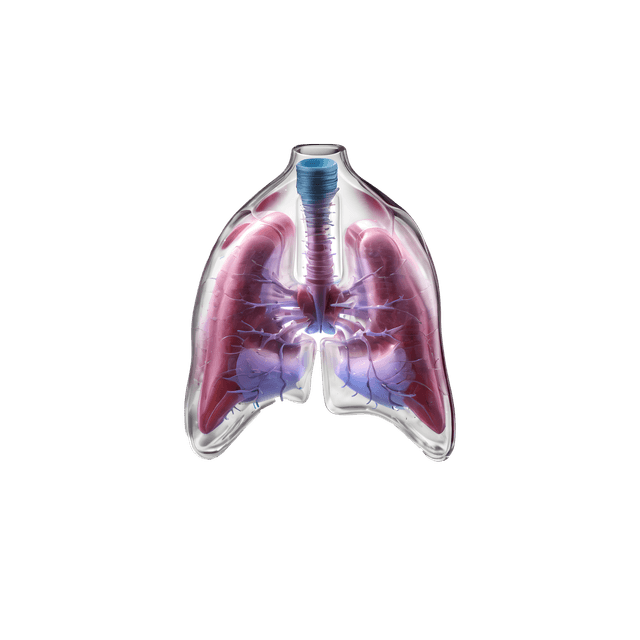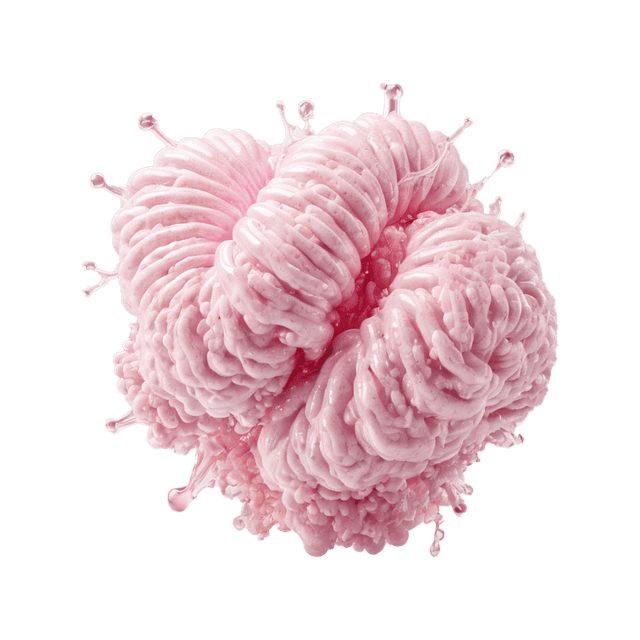Diabetes type 1 is an autoimmune disease in which the body completely destroys its own insulin-producing cells. This means that you need to take supplied synthetic insulin every day for the rest of your life. On the other hand, in type 2 diabetes, you can still produce insulin, but your body is not getting sufficient amounts. You can partially influence your blood sugar levels through adapted diet and physical activity, but most also need to be treated with medication. Here you can read more about the differences between the two types of diabetes.
Diabetes leads to long-term elevated blood sugar levels, which is called hyperglycemia. In the past, the term "diabetes" was used colloquially to describe the condition. Blood sugar levels are normally regulated by the hormone insulin, which is produced in the pancreas. When blood sugar levels are high, insulin is secreted to lower blood sugar. In diabetes, the regulation of insulin does not work properly. To manage the disease and reduce the risk of complications, lifestyle changes are required.
Untreated or poorly treated diabetes can lead to damage to the body, including impaired blood circulation that increases the risk of various disease states. In some cases, the complications can be life-threatening. To avoid serious complications, you need to monitor your glucose levels daily and adjust your treatment based on your current blood sugar levels.
There are different types of diabetes, the main ones being type 1 and type 2
- Type 1: An autoimmune disease where the body stops producing insulin. It affects children more often than adults.
- LADA: An unusual variant of type 1 diabetes that usually develops gradually in adults and can therefore initially be mistaken for type 2 diabetes.
- Type 2: The most common form of diabetes that is often linked to diet and exercise. Adults are affected more often than children.
- Gestational diabetes: A temporary form of type 2 diabetes that can occur during pregnancy. The symptoms usually disappear after delivery.
- Secondary diabetes: Type 2 diabetes that is often a consequence of drug treatment, for example with cortisone.



